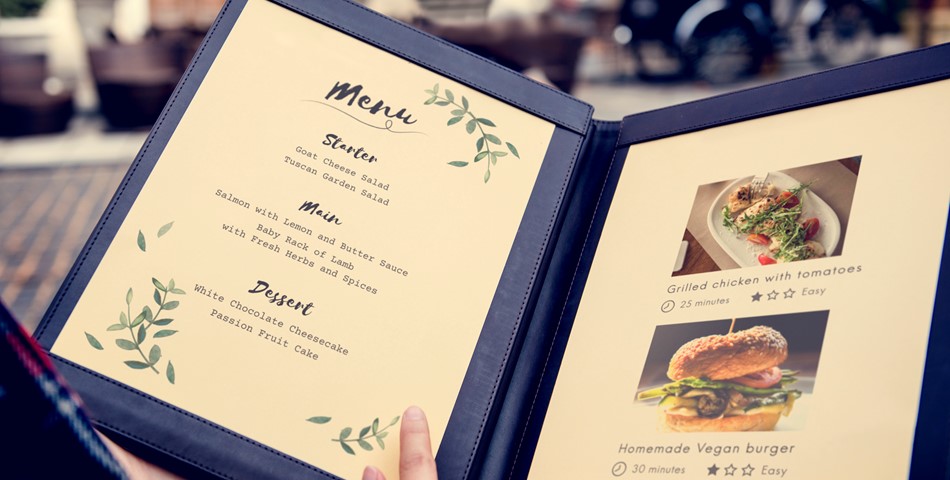In the face of escalating inflation and subsequent menu price increases, the restaurant industry is grappling with significant challenges. Consumer traffic is declining, and patrons are opting for less expensive orders, resulting in slowing industry sales. While there is no simple solution to this predicament, one effective strategy to mitigate the negative impacts is through smart menu design that emphasizes value.
The crux of this approach lies in a menu that clearly communicates value to consumers, thereby shifting their focus from prices to the quality and uniqueness of menu items. There are four key strategies to achieve this:
1. TURF Analysis: Total Unduplicated Reach and Frequency (TURF) analysis is a pivotal research tool that provides insights into consumer preferences. It identifies the smallest list of menu items that can satisfy the majority of customers and determines the average number of items each customer might prefer. This data enables restaurants to streamline their menus by removing less popular items, thereby making room for more popular ones. TURF analysis helps pinpoint which core menu items drive customer loyalty and which items lack consumer appeal. By focusing on high-affinity items, restaurants can enhance the perceived value of their offerings.
2. Price Value Analysis: This analysis assesses consumer perceptions of the pricing of each menu item. It categorizes items as overpriced, reasonably priced, or great value for money. Strategic use of this data allows restaurants to highlight items considered great value by placing them in prominent “hot spots” on the menu—areas where customers tend to look first and most frequently. Notably, these hot spots vary between interior and drive-thru menus.
3. Emphasis on “Signature” Items: Highlighting proprietary menu items that are unique to the restaurant can reduce price sensitivity among consumers. Signature items, such as Chick-fil-A’s original chicken sandwich or In-N-Out’s Double-Double cheeseburger, should be prominently featured. These items differentiate a restaurant from its competitors and enhance its value proposition.
4. Highlighting Premium Ingredients: Communicating the use of premium ingredients can enhance perceived value. Ingredients like avocado, bacon, kale, and aioli are viewed as high-quality and worth the extra cost. Effective use of visuals, descriptive copy, and appetizing descriptions (e.g., “thick-cut maple cured bacon” or “hand-torn baby kale”) can attract customers and justify higher prices.
5. Branding Integration: Incorporating brand positioning and identity into menu design further strengthens the communication of value. A well-branded menu helps customers easily differentiate the restaurant from competitors and understand what makes it unique, thereby enhancing their overall dining experience.
While there is no definitive solution to completely counteract the adverse effects of inflation and rising menu prices, these strategies offer a viable path forward. By focusing on value through smart menu design, restaurants can attract consumer interest and maintain loyalty during challenging economic times. Ultimately, the key to navigating these inflationary pressures lies in three words: value, value, and value.
qsrmagazine.com











